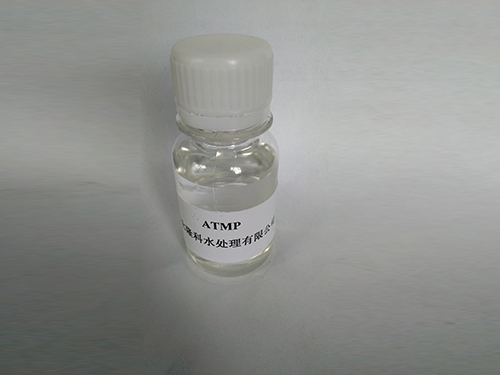Understanding the Role of Flocculation Chemicals in Water Treatment Processes and Applications
Flocculation Chemicals Understanding Their Role and Applications
Flocculation is a crucial process widely employed in various industries, including water treatment, food processing, and pharmaceuticals. The term refers to the agglomeration of fine particles into larger clusters or flocs, which can then be easily removed from a liquid medium. This process significantly enhances the clarity and quality of the treated liquid, making it one of the fundamental operations in many industrial applications. At the center of flocculation is the use of flocculation chemicals, which play a pivotal role in promoting and facilitating this process.
What are Flocculation Chemicals?
Flocculation chemicals, often referred to as flocculants, are substances used to induce flocculation. These chemicals can be organic or inorganic and are designed to interact with particles in suspension, causing them to clump together. The most commonly used flocculants include aluminum sulfate, ferric chloride, and various polymer-based agents. Each type of flocculant has its unique mechanisms of action, effectiveness, and application suitability, making the choice of flocculant critical to the success of the flocculation process.
Mechanisms of Action
The effectiveness of flocculants is largely determined by their chemical properties and how they interact with suspended particles. Generally, flocculants function through charge neutralization, bridging, and adsorption
1. Charge Neutralization Many suspended particles carry a negative charge, which prevents them from coming together. Flocculants can neutralize these charges, allowing the particles to approach each other and form flocs.
2. Bridging Some flocculants, often high molecular weight polymers, can bridge between multiple particles. By adhering to two or more particles, these flocculants create larger aggregates that settle out of the solution.
3. Adsorption Flocculants can also adsorb onto the surface of particles, modifying their characteristics and promoting floc formation. This enhanced interaction between particles leads to more efficient aggregation.
flocculation chemicals

Applications of Flocculation Chemicals
Flocculants are employed in a variety of industries, each requiring specific properties from the flocculants used
- Water Treatment One of the most significant applications of flocculation chemicals is in water treatment. Flocculants help to remove suspended solids, bacteria, and other impurities from drinking water, ensuring it meets safety standards. This process is vital for providing clean water to communities.
- Wastewater Management In effluent treatment plants, flocculation chemicals are used to treat industrial wastewater. By removing heavy metals and other contaminants, flocculants contribute to minimizing environmental pollution and recovering valuable resources from waste.
- Food and Beverage Industry Flocculants are used in the clarification of juices, wines, and other beverages, improving the visual appeal and shelf life of products. They facilitate the removal of unwanted particles, enhancing the overall quality.
- Mining In the mining industry, flocculants assist in the separation of useful minerals from waste materials. Their use can enhance the recovery rate of valuable minerals while reducing water consumption in processing.
Challenges and Considerations
While flocculation chemicals provide significant benefits, their use presents challenges that must be carefully managed. The selection of the appropriate flocculant is critical, as the effectiveness can be influenced by factors such as pH, temperature, and the nature of the particles being treated. Additionally, environmental considerations should be taken into account, as some flocculants can be toxic or have negative ecological impacts.
In summary, flocculation chemicals are essential components in various industrial processes, facilitating the removal of suspended particles from liquids. Their ability to enhance water quality and promote environmental sustainability makes them indispensable in water treatment, food processing, and beyond. As industries continue to evolve, the development of more efficient, cost-effective, and environmentally friendly flocculants will remain a key focus, ensuring that flocculation processes can meet the growing demands of society while minimizing ecological footprints.
-
Water Treatment with Flocculant Water TreatmentNewsJun.12,2025
-
Polymaleic AnhydrideNewsJun.12,2025
-
Polyaspartic AcidNewsJun.12,2025
-
Enhance Industrial Processes with IsothiazolinonesNewsJun.12,2025
-
Enhance Industrial Processes with PBTCA SolutionsNewsJun.12,2025
-
Dodecyldimethylbenzylammonium Chloride SolutionsNewsJun.12,2025





